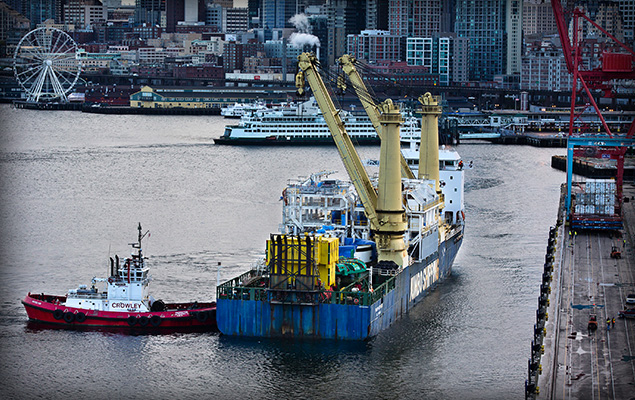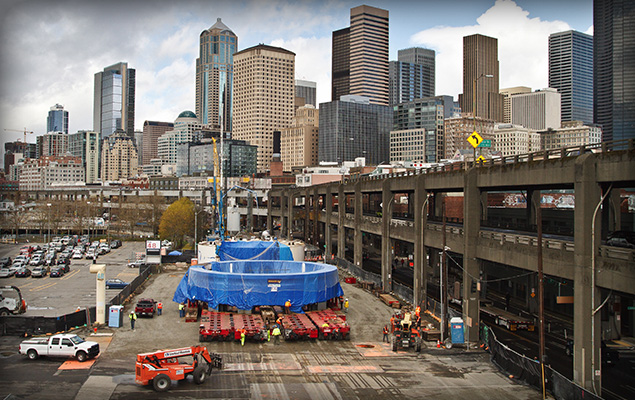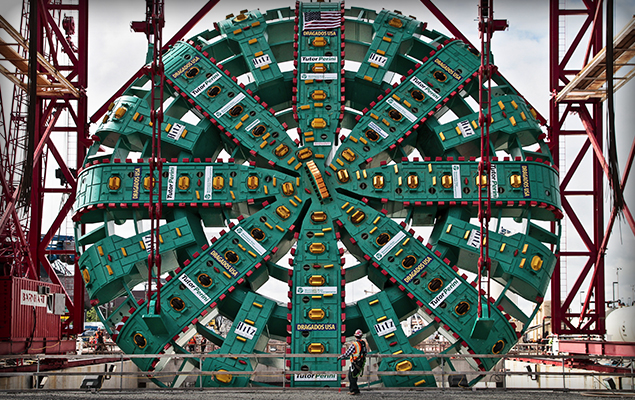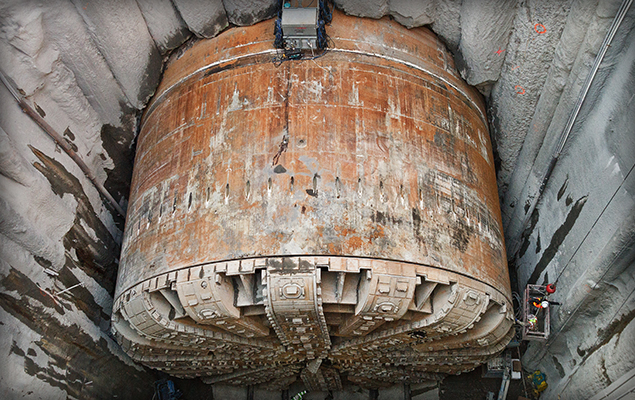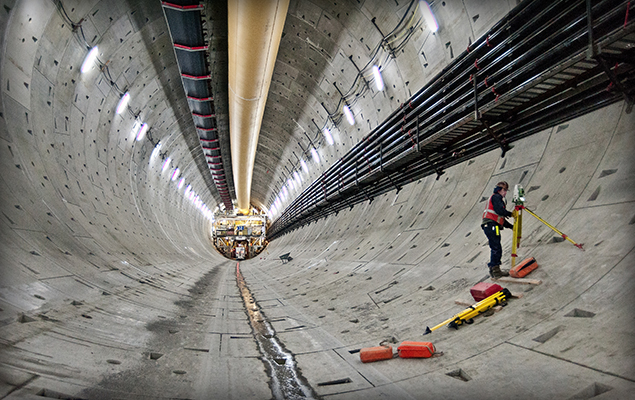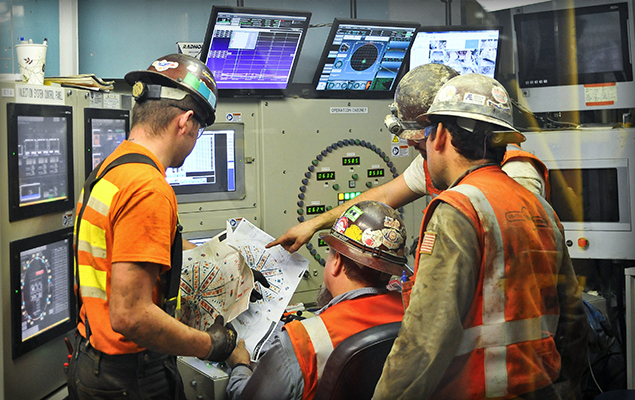Без категории
The Light at the End of the Tunnel: The Positive Side of Seattle’s SR99 Project
Seattle is the founding city of The Robbins Company, and a place where I lived for nearly 15 years and commuted on SR99 while working at Robbins early in my career. As such, the new SR99 Viaduct Replacement Tunnel Project is of great interest to me.
The industry is all too familiar with Seattle’s SR99 Tunnel and its TBM, known as “Big Bertha”. More specifically, much has been written with regards to the TBM needing repairs after about 300 m of boring. The TBM is the world’s current largest at 17.5 m in diameter, and is excavating a 2.7 km long drive.
TBM Tendering
Robbins was a relatively new entry into the EPB/soft ground tunneling business when tenders were called for the latest SR99 project in 2011, and we made a concerted effort to get the order for this particular TBM. We teamed up with Japanese TBM manufacturer Mitsubishi Heavy Industries (MHI) to get the order. Robbins has had an association with MHI for more than 20 years, with jointly-designed machines operating around the world on projects in India, China, the U.S., and more. MHI has built over 1,000 EPB machines and in my opinion, the Japanese TBM manufacturers are further advanced in EPB technology than their European and American counterparts.
Through the process of trying to receive this order, we learned a lot about the geology, as well as the contractors’ and TBM’s specification requirements. The contractor Dragados, one of the JV partners and very well-experienced in soft ground tunneling technology, developed a high-level specification for the TBM suppliers. All of the prospective TBM suppliers were required to quote and if successful, supply to this standard. We eventually stepped out of the tendering process to supply this TBM, as the lower prices and greater assumption of contract risk offered by our competitors made the TBM supply an impractical business option for us.
Tough Tunneling
The current situation at the SR99 project is more positive than media tend to paint it. The project design consultant did a commendable job on laying out the tunnel route and building in a contingency plan. Boring through glacial till, even with modern TBMs, is never an easy task as previous projects like the Brightwater Conveyance Tunnels have taught the city of Seattle. This is doubly so along the Seattle waterfront, which includes manmade fill, utilities, and buried refuse. In such ground, TBMs can encounter rapidly changing geology; pockets of groundwater; abrasive soil; and manmade objects such as unmapped disused pipes; foundation piles; etc.
Aware of the problems that can develop while using an EPB TBM in glacial till under a city with a lot of backfill, the SR99 designer wisely developed a contingency plan. The strategy, in addition to pre-planned safe havens, involved a “shake down” stretch of tunnel, which ran under no buildings. If problems did occur repairs to the TBM could be made by sinking a surface access shaft at this location. Unfortunately the need for that repair event occurred shortly after the machine commenced excavation.
Why there were failures of the cutterhead seals, and potentially the cutterhead main bearing, is yet to be determined. I doubt there will be any signs of failure of the main bearing when the crews get to inspect it. However, all parties involved are wisely taking precautions and installing a new main bearing in addition to the seals.
Bertha’s Lessons
The Seattle Tunnel Partners and WSDOT have in place a panel of experts to advise them on the highly technical details of the TBM design. I personally know several of these experts and they are well qualified to recommend and supervise the necessary repairs and procedures to get the TBM into a condition where it is able to finish this tunnel.
Having been in the TBM supply business for quite a few years, I unfortunately have to admit having been in a similar (fortunately not as well published) situation as the TBM supplier on more than one occasion. This situation–significant TBM problems at the beginning of boring—can result from many different factors and is not unique to the SR99 project. In fact, Robbins recently had a similar situation (admittedly on a smaller scale in terms of both public and financial impact) on a project in Turkey known as the Kargi HEPP. Despite extensive pre-planning, unexpected ground was encountered, which resulted in several in-tunnel stops and machine modifications in the first few hundred meters of the tunnel. What happens in these situations is you pull in the best minds with the most experience and immediately analyze the problem. The ultimate fix often ends up as a multi-level solution. You must ensure you have the problem under control, plus take additional measures to monitor the vulnerable components and operating procedures. At Kargi, this process resulted in the remainder of the project being finished without significant TBM problems. Without a doubt a similar process is going on at SR99 with Hitachi Zosen engineers, the contractor’s specialists, and the city’s board of experts.
Being one who is keenly interested in this project, I believe that this TBM will soon be back to boring with a new completion date, which will be fulfilled. I am optimistic that this project will one day be seen as a positive in the tunneling industry, where many lessons were learned and advancements were made. Such advancements will be put to use in Seattle and in other cities that greatly benefit from the excavation of more underground infrastructure.

 Close
Close  Menu
Menu 
